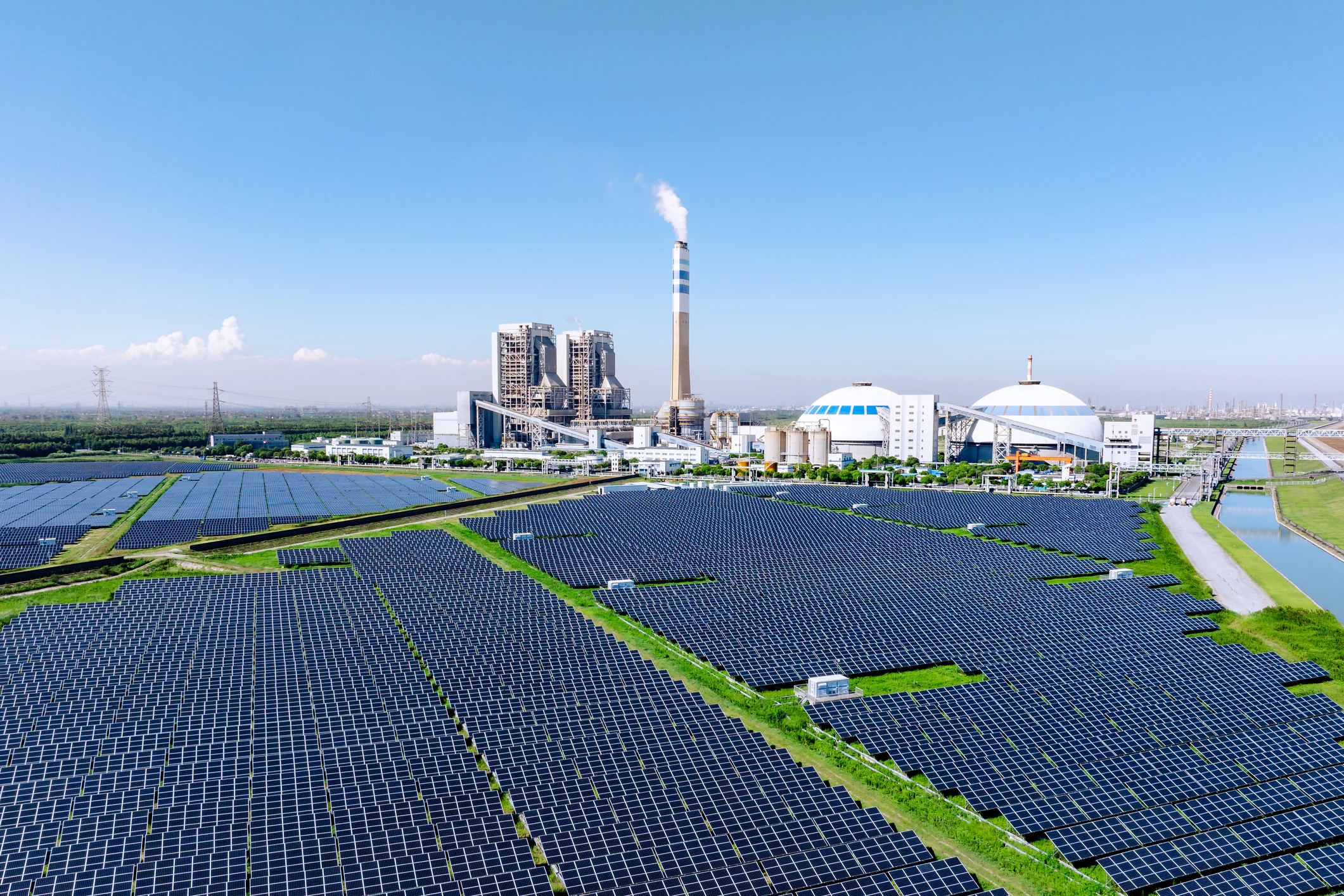Distributed energy resources (DERs) such as solar panels, electric vehicles and EVSE, battery storage systems, and smart home devices like thermostats and water heaters are increasingly adopted by consumers, transforming the way power is generated and managed. However, unlike traditional centralized power plants, DERs are typically located closer to consumers, often on residential or commercial properties. This decentralized placement poses challenges for utility companies in terms of monitoring, control, and coordination from the control room. As a result, the absence of DERs in the control room reflects the need for new technologies to effectively manage these distributed assets while ensuring grid stability and reliability. Topline Demand Control (TDC) does just that. On June 20th, we hosted a webinar introducing the groundbreaking technology that is Topline Demand Control. Topline Demand Control removes the uncertainty of DERs while increasing grid reliability. This means DERs are no longer aspirational, but certifiably bankable resources.
What is Topline Demand Control?
Topline Demand Control is the next generation of virtual power plant technology. The central goal of Topline Demand Control is to make: “ demand as controllable as a gas turbine generator.” Topline Demand Control allows utilities to have dependable and precise control over aggregate load shape. It optimizes the commands sent to DERs so that the load is exactly what the operator requested throughout the entire control window, helping to balance constraints and maintain customer comfort while providing grid operators with the precise demand needed.
Point 1 – Plan Events with Precision
Unlike conventional virtual power plants, Topline Demand Control provides utilities the capacity to ascertain an exact and accurate amount of output that will be accessible from devices for a certain amount of time. Current VPPs work by defining parameters (such as the length of the event and device activity, like adjusting the temperature on a smart thermostat or maximizing the amount of time an EV takes to charge), then waiting to assess the total amount of data gathered at the conclusion of the event.
Topline Demand Control continuously optimizes to provide the most accurate aggregate demand, thus going forward, your forecasting technology will have an abundance of data to pull from because the more you use it, the more it has to work with. With Topline Demand Control, you can calculate the exact quantity of energy that is available and maintain long-term control over the topline outcomes, right down to the device level.
Point 2 – Visualize Future Flexibility Capacity
Topline Demand Control software combines patented, scalable real-time control with a control technology called Model Predictive Control (MPC) to provide robust aggregate control of the DERs. MPC combines real-time data and optimization to find the best solution in the presence of individual and program constraints. The precise, aggregate demand is provided together with sophisticated grouping by device, kind, location, and other factors. Alongside this is real-time, flexible dispatching to handle grid congestion, ensuring maximum efficiency and reliability.
Point 3 – Optimize DER Commands & Control Load Shape
Utilities can now precisely and dependably adjust the aggregate load shape thanks to Topline Demand Control. Throughout the whole control window, Topline Demand Control optimizes the orders given to DERs to ensure that the load is precisely what the operator wants. This solution precisely provides you with the exact demand requested while balancing limitations and preserving customer comfort.
What Our Webinar Taught Us About Topline Demand Control Conclusion
The operationalization of DERs through Topline Demand Control presents a strategic opportunity for utilities to mitigate the need for costly grid upgrades. By leveraging DERs effectively, utilities can manage grid reliability more efficiently, defer costly upgrades, enhance energy security, and ultimately lower costs. These measures not only defer substantial infrastructure investments but also foster a more resilient and sustainable grid infrastructure capable of meeting future energy demands effectively. Embracing this new technology presents a pivotal solution in navigating the evolving energy landscape while ensuring reliable service delivery and cost-effectiveness. These DERs are already in homes: Topline Demand Control makes them all viable resources for grid operators, not just program managers hoping to score a few points for their green initiatives.







